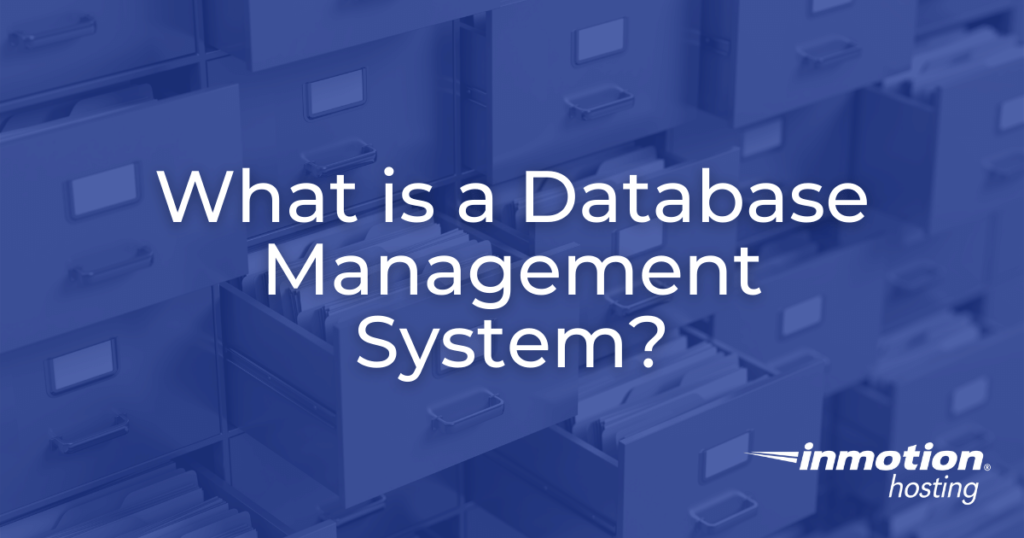
A database management system is a complex piece of software that handles the management, storage and retrieval of data. This data can range from numerical values to strings of text, depending on the situation. Modern database management systems are capable of storing vast amounts of data and have applications ranging from scientific research to web hosting services. In this article, we will briefly discuss database management systems and provide a few examples of popular database management systems in use today.
Topics Include:
Database Management Systems: Managing, Storing and Retrieving Data
As mentioned previously, the primary function of a database management system is to handle the storage and retrieval of data. In much the same way a filing cabinet organizes physical documents into an easily searchable format, a computer database organizes digital information into a format that can be easily searched and accessed by other pieces of software. For example, online stores often use database systems to store product information such as prices, sizes, colors, and more. While visitors see a clean, user-friendly array of products, the database system is functioning behind the scenes to organize and retrieve the necessary data from the database itself.
A modern database system is generally made up of a series of databases and the associated software functionalities used to import, export, and organize data entered into the databases. A database can be further subdivided into its constituent database tables. Database tables function as entries in the database, each potentially containing a separate piece of data stored in various formats.
A typical database can contain thousands of individual database tables, storing everything from passwords and usernames to product information and sales data. When someone visits a site that uses a database system, the system will usually perform what is known as a query, a search operation that looks for the given value within the database structure. These queries take place extremely quickly, often completing in less than a single second.
While database systems often come with their own tools for managing the databases, most users will not directly interact with a database at any point. Modern website design software often interfaces with database systems, meaning any changes that are made on the website will be automatically reflected within the database tables themselves. This means you can edit your site and input new information into the database without needing to learn the complex syntax used by modern database systems.
Examples of Database Management Systems
While there are a number of different database management systems in use today, we will discuss two popular database management systems: MySQL and Oracle
MySQL – MySQL is an open-source relational database management system, with SQL standing for Structured Query Language. Relational databases store data using data tables in which data types may be related to each other. This relationship between data types is what gives relational databases their structure Using SQL, developers can add, remove, modify, or otherwise manipulate data stored in the database. SQL is frequently used for WordPress and Joomla! Websites.
Oracle – Oracle is a multi-model database management system originally developed by the Oracle Corporation in 1979. Oracle is frequently used for handling payment information and other sensitive information. Multi-model database management systems are able to store data using more than one data storage model, making them extremely versatile for a wide variety of applications.
Experience the Power of a Dedicated Server
Know you will always be able to reach your customers when you need to with reliable and secure Dedicated Hosting. Get industry-leading hardware at an affordable dedicated server price.
DDoS Protection
Free Backup Storage
100 cPanel Licenses
Managed Server